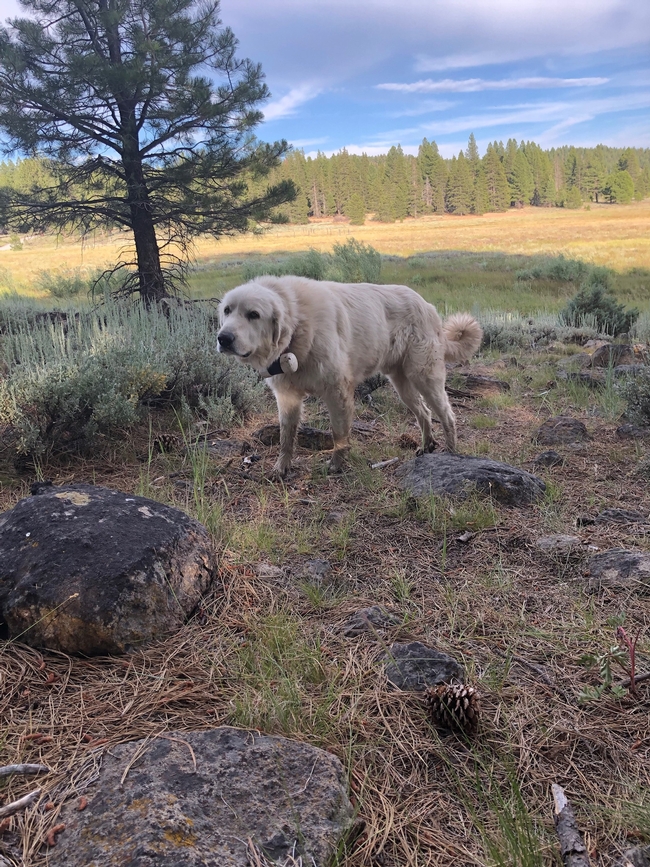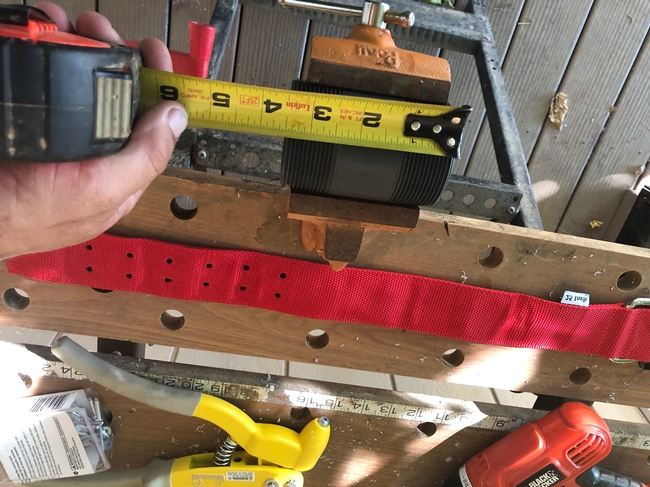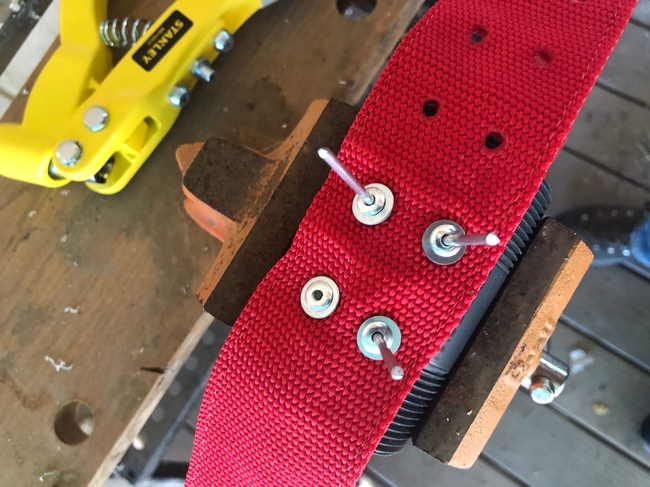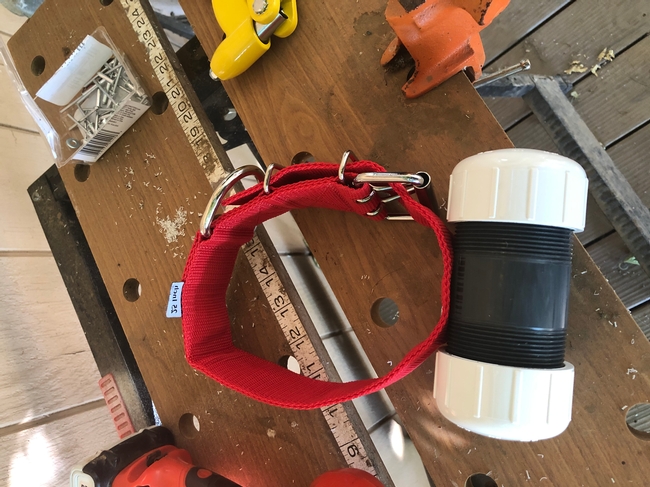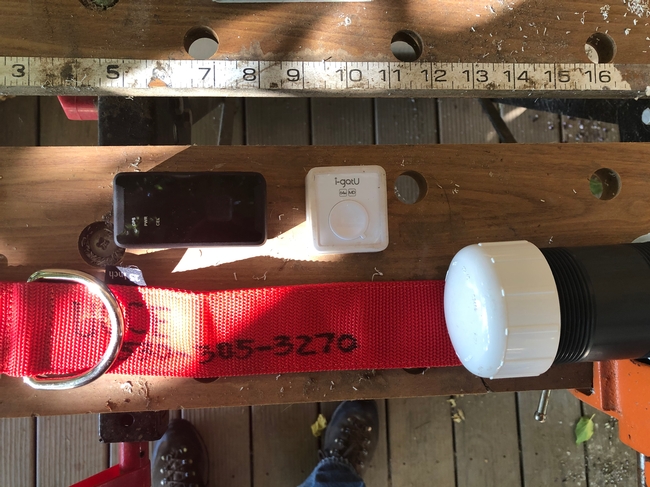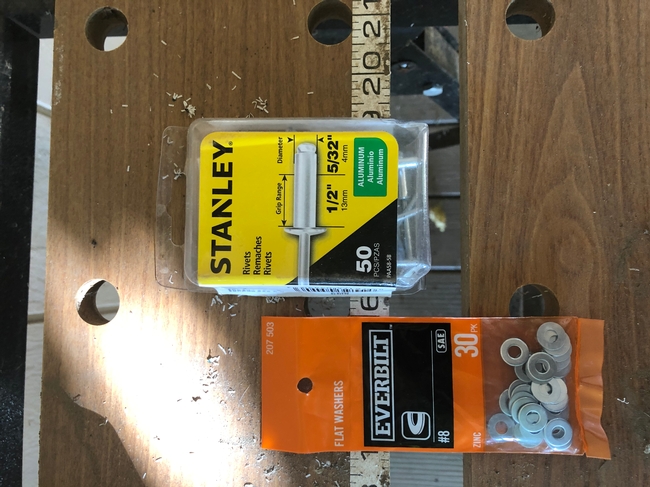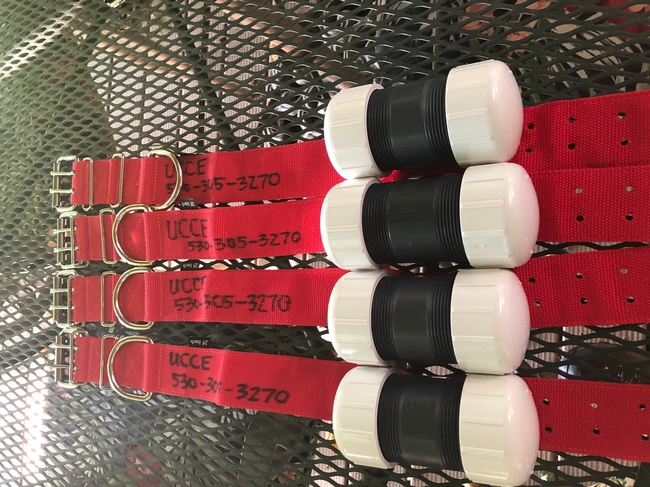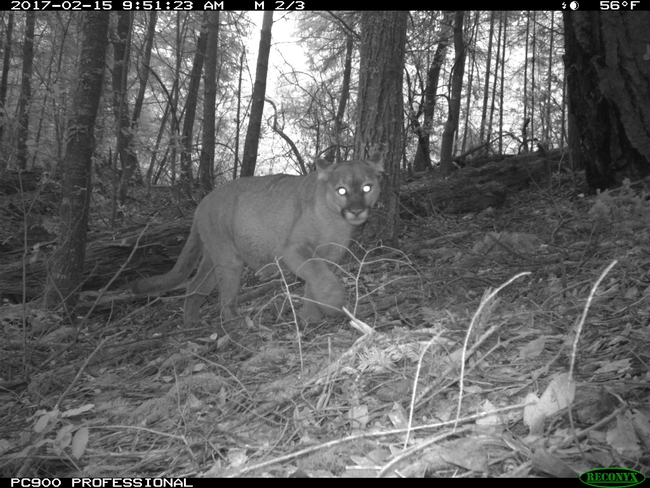- Author: Dan Macon
As some readers of this blog may know, I'm currently working on a research project examining livestock guardian dog behavior. The back story is this: several years ago, I was invited to demonstrate electro-net and livestock guardian dogs at a workshop on livestock protection tools. The electro-net fencing was easy! However, since I was speaking at midday, the LGD demo was less than dynamic - the dog came over to the fence, barked half-heartedly at the people he didn't recognize, and resumed napping in the shade!
This experience got me thinking! How could I demonstrate the effectiveness of these dogs without dragging folks out to observe the sheep in the middle of the night (when the dogs are much more active)? Geographic positioning system (GPS) technology seemed like a possible answer - but commercial GPS collars were too expensive for my cooperative extension / sheepherder budget. While perusing Facebook one day, I ran across a post from Dr. Derrick Bailey at New Mexico State University. Dr. Bailey was using home-built GPS collars to track cattle distribution on New Mexico rangeland! At last, an affordable solution! Dr. Bailey was gracious enough to spend an hour on the phone with me talking about my project ideas - and he shared the technical details of the collars he was using.
Here's a quick photo guide to building the collars I'm using on LGDs (and on sheep). The materials include:
- LGD collars from Premier 1 Supplies (I like these extra-wide collars - I think they're comfortable for the dogs, and they seem to hold up in rangeland conditions). https://www.premier1supplies.com/p/guard-dog-collars?cat_id=164
- 3-1/2" x 2" threaded nipples and threaded caps (for the case)
- 1/2" x 5/32" pop rivets and #8 SAE flat washers (to attach the case to the collar)
- i-gotU GT-600 travel and sports logger (available on Amazon - https://www.amazon.com/i-gotU-USB-Travel-Sports-Logger/dp/B0035VESMC/ref=sr_1_2?crid=2OO21VMYVPBN2&keywords=i+got+u+tracker&qid=1564451973&s=gateway&sprefix=I+got+U%2Caps%2C194&sr=8-2
The collars take about 5 minutes to build. The i-gotU trackers can be programmed to collect GPS coordinates from every 5 seconds up to every 5 minutes. Set at 5 minute intervals, the batteries in the unit will last 10 days. Dr. Bailey also sent me plans for an auxiliary battery system - that will be my next project!
I've also experimented with an Optimus 2.0 tracker (https://www.amazon.com/Optimus-Tracker-6543857646-GPS-2-0/dp/B01C31X50K/ref=sr_1_4?crid=UR8F2VQBBT8M&keywords=optimus+tracker&qid=1564452200&s=gateway&sprefix=optimus+t%2Caps%2C199&sr=8-4) which sends a real-time signal to my cell phone with the position and speed of travel of the unit. These trackers don't record positions, but they are useful from a practical standpoint - they will send an alarm to my phone if a guard dog is out of my pasture.
I'm hoping that we'll have some data to share from my project on the Tahoe National Forest north of Truckee in the next couple of weeks. Working with Talbott Sheep Company, I've collared 2 dogs in each of 2 bands of sheep. So far, the collars seem to be working great!
And on a humorous note, as you can see from the photos, I put UCCE (for University of California Cooperative Extension), along with my phone number, on the collars. I received a text yesterday that said:
"Hello, we found Ucce at the upper little truckee campground this morning. He still has his tracker around his neck and is just hanging out at the campsites."
I explained that we were doing a research project with the dogs and that someone would come by to get the dog soon.
That said, I think Ewecie (or maybe Ewechie) would be a great name for a guard dog, don't you!?
Here are some photos to walk you through building a collar.
- Author: Dan Macon
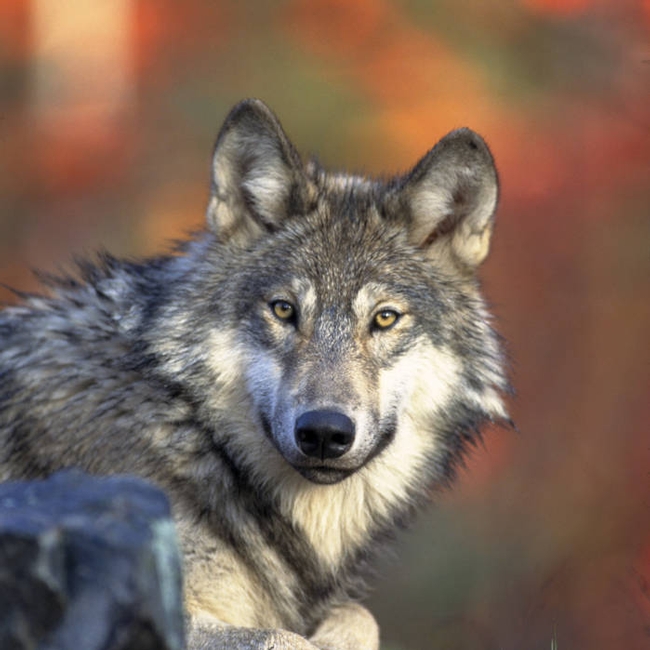
While ranchers are legitimately concerned with the potential impacts from gray wolves, other more common predators (like mountain lions, coyotes and black bears) can be more problematic in our region. And predators can have indirect impacts (like decreased weight gain, poor reproductive performance and added labor) in addition to causing direct losses.
In collaboration with my colleague Tracy Schohr (the livestock and natural resources advisor for Butte, Plumas and Sierra Counties), I have developed the following fact sheet to help ranchers understand and document these impacts:
Documenting Predator Impacts on Livestock
In the meantime, please contact our offices - or your local agricultural commissioner or wildlife services specialist - if you have specific questions!
- Author: Dan Macon
Note: this is the second in a series of posts on nonlethal livestock protection tools. Click here to see the first in the series. Both posts are adapted from:
Macon, D.K, R.A. Baldwin, D.F. Lile, J. Stackhouse, C.K. Rivers, T. Saitone, T.K. Schohr, L.K. Snell, J. Harper, R. Ingram, K. Rodrigues, L. Macaulay, and L.M. Roche. IN PRESS. Livestock protection tools for California ranchers. Oakland: University of California Division of Agriculture and Natural Resources Publication 8598 (in press).
Livestock death loss to predators is typically much lower than loss from disease and natural causes (based on USDA data and my own surveys of California ranchers). Even so, predators can present significant localized challenges – and for many ranchers, a single loss to a predator may be one too many. As I mentioned in my previous post, indirect losses (mostly stress-induced production problems and added labor) may be more significant in economic terms than death losses (see Ramler et al. 2014).
For me, as a small-scale sheep producer, livestock protection tools are important for a number of reasons in addition to preventing death losses. Since we graze our sheep on rangelands and pastures that are 3-10 miles from our home, I can't watch them 24-7. Livestock protection tools can alter human behavior, alter livestock husbandry practices, alter predator behavior and/or provide disruptive or aversive stimuli to predators (Shivik 2004). As with any management tool, my selection of specific nonlethal tools depends on efficacy, cost-benefit considerations, public perceptions (including market forces that may increase demand for predator coexistence), and my own attitudes toward and confidence in the methods.
In this post, we'll examine several tools that have been suggested for use in wolf country. As with the tools I discussed last week (guardian animals and electric temporary electric fencing), the efficacy of these tools depends on a number of the factors outlined above.
Attractant Removal: Many predators are also opportunistic scavengers; therefore, a dead animal may attract predators into an area currently being grazed by livestock. Attractant removal involves the removal and disposal of dead livestock, as well as the removal of sick or injured livestock. These strategies can reduce attraction to areas used by livestock and may avoid giving predators a taste for livestock (Wilbanks 1995). Observational evidence in the northern Rocky Mountains and on the Modoc Plateau suggests wolves that are attracted to bone yards may be more likely to kill cattle or sheep in adjacent areas (T. Kaminski, pers. comm., 2016). Bone yards may also attract livestock guardian dogs away from the livestock they are protecting (N. East, pers. comm., 2016).
Anyone who's tried to dispose of the carcass of a 2000-pound bull that managed to die 15 miles from the nearest dirt road will know that this tool presents a number of logistical challenges. Many times, we don't find a carcass before it's discovered by scavengers. Even if we can get the carcass to the road, the cost of transport and disposal in a rendering facility may be cost prohibitive. Burying livestock carcasses is currently legally prohibited in California (Antonelli et al. 2016), as is the composting of mammalian flesh (CalRecycle 2017). In light of these challenges, ranchers might consider moving a carcass as far away from livestock as possible.
Fladry or Turbo Fladry: Believe it nor not, flapping flags hung at the right height can deter wolves. Fladry is a series of cloth or plastic flags attached to a rope or wire that creates a novel visual stimulus wolves find uniquely frightening (Bangs et al. 2006). Over time, wolves may become habituated to fladry, willingly crossing fladry barriers to kill livestock (Musiani et al. 2003). This study also found that fladry may push wolves to neighboring ranches or unprotected pastures. Turbo fladry (electrified poly-wire with flags, powered by a standard electric fence energizer) may be as much as 2 to 10 times more effective than non-electrified barriers (Lance et al. 2010). I would think that fladry may be a useful tool in smaller-scale pasture settings (e.g., heifer calving pastures or sheep bedding grounds). Fladry may not be an effective deterrent for predators other than wolves (Davidson-Nelson and Gehring 2010), although one study has suggested fladry may deter coyotes as well (Young et al. 2015a). If you want to try turbo fladry, USDA Wildlife Services has several miles of it available to loan to ranchers – call the Wildlife Services state office at (916) 979-2675 for more information.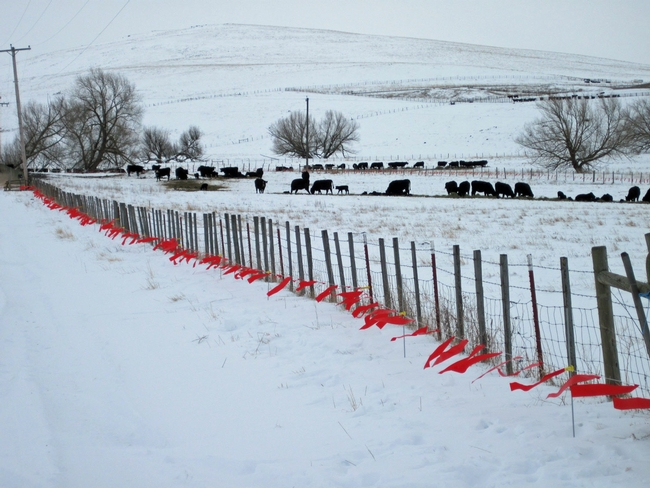
Night Penning: Night penning is exactly what it sounds like – it involves bringing livestock into a secure pen at night. Night penning (and to a lesser extent, simply night gathering) sheep can be effective in reducing wolf predation, especially when used in conjunction with livestock guardian dogs and/or human presence (Espuno et al. 2004). While night penning can provide protection during vulnerable periods, it comes at the cost of additional labor and facility construction and maintenance (Wilbanks 1995). In my experience, night penning works with small groups of animals (for 4-H or FFA projects, for example); it simply isn't practical in extensive operations.
Alarms/Scare Devices: Some predators seem to be afraid of novel stimuli. Strobe lights, propane cannons, and siren devices (including radio- and motion-activated guard devices) may temporarily displace or confuse predators (Bangs et al. 2006). Early research into battery-operated strobe or siren devices in fenced-pasture sheep operations across the western United States found that these devices deterred coyotes for up to 91 days and reduced lamb losses an estimated 44 to 95% (Linhart 1984; Linhart et al. 1992). However, habituation can be a problem if these devices are randomly—rather than behaviorally—activated (Shivik and Martin 2001). On the other hand, preliminary research at the University of California Hopland Research and Extension Center (Mendocino County) indicated mixed results with a new type of strobe light that emits random patterns of flashing light (trademarked as FoxLights). While initial results suggest FoxLights may be effective in deterring fox predation, the data collected so far do not support hypotheses of reduced livestock predation by coyotes, black bears, or mountain lions (McInturff et al. 2016).
In my next post, I'll discuss research and personal experience regarding the effectiveness of human presence (herders or range riders), as well as the importance of adapting these strategies to changing conditions. I hope others will share their experiences with these tools, as well!
Be sure to check out the Livestock-Predator Information Hub at http://rangelands.ucdavis.edu/predator-hub/!
- Author: Dan Macon
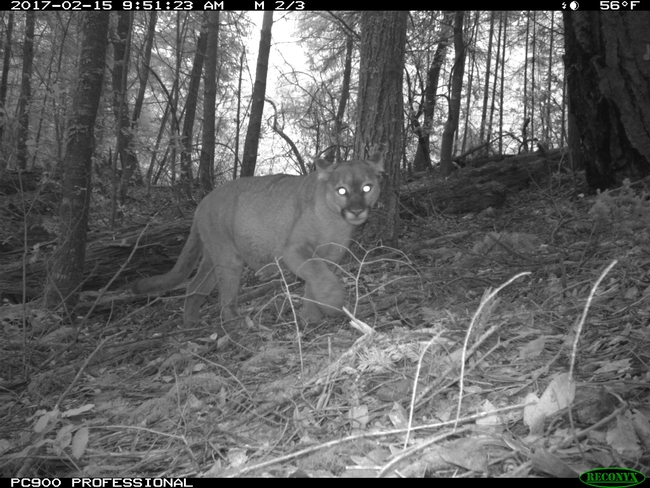
Legal restrictions and public perception regarding lethal predator control make nonlethal livestock protection tools critical for ranchers and small-scale livestock owners alike. Equally as important, many producers (myself included) emphasize co-existence – part of what I enjoy about grazing sheep in our foothill rangelands is the opportunity to be around wildlife. For those of us who cannot be with our livestock around the clock (that would include most of us, I presume!), these tools can also offer peace of mind.
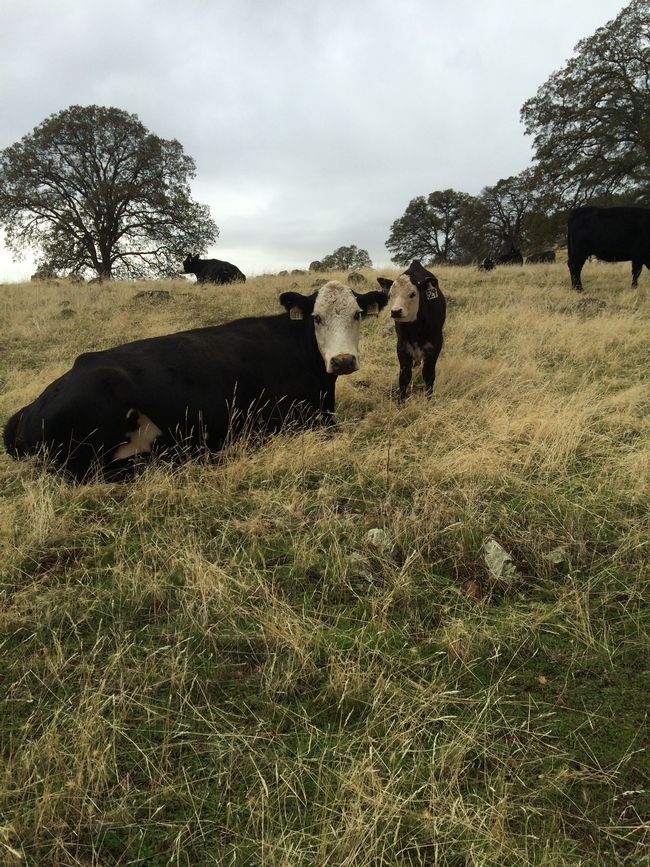
Over the next several months, my Ranching in the Sierra Foothills blog will highlight information from a forthcoming UC publication on livestock protection tools. These blog posts, which reflect both research-based knowledge and real-world experience, are intended to help ranchers and small-scale livestock owners evaluate the types of tools that may fit their site-specific needs. In this post, I'll briefly describe two of the tools that we use in our pasture-based sheep operation near Auburn.
Livestock Guardian Animals: Dogs, donkeys, and llamas are the most commonly used guardian animals. Research (and 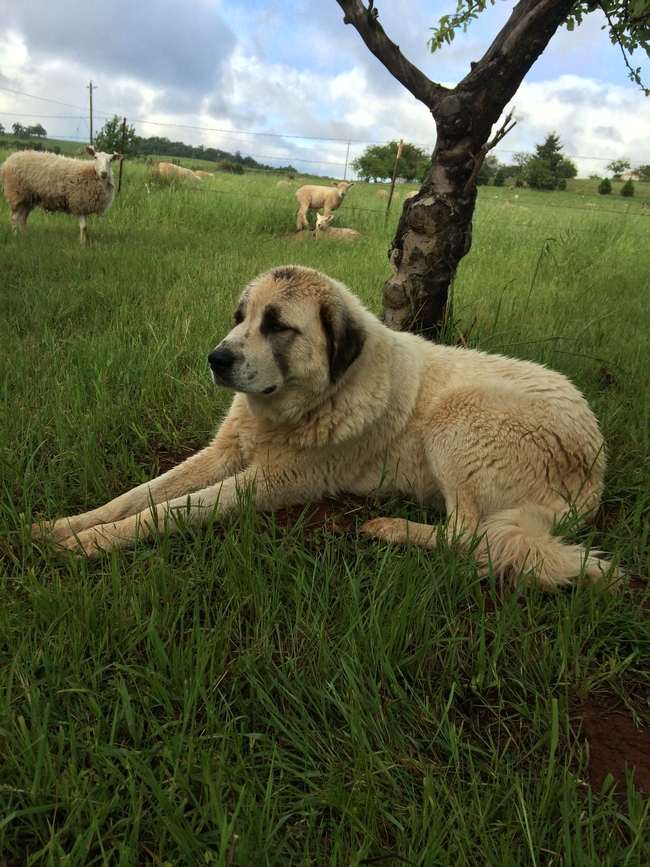
Temporary Electric Fencing: Fences can either be physical barriers (like field fencing) or psychological barriers (like electric fencing). In my experiences, few (if any) fences are 100 percent effective. An adult coyote can squeeze through a 4”x6” opening; a mountain lion can scale a 6-foot fence. In our sheep operation, we've had good success using 42” electro-net fencing. These fences, which come in 164-foot sections, feature electrified horizontal poly wires and plastic stays between posts. We use battery powered fence energizers, and I should note that these electro-nets take significantly more power than smooth-wire electric fences (I like to have at least 0.25 joules per net – in other words, a 3-joule energizer is needed to power 12 sections of fence). Research in Montana suggests that electro-net can significantly reduce coyote intrusion into paddocks (Matchett et al. 2013). While I've seen a coyote jump my electro-net fencing while I was building a paddock, I've never observed a coyote inside a paddock once it was electrified (in more than a dozen years of using electro-net fencing extensively).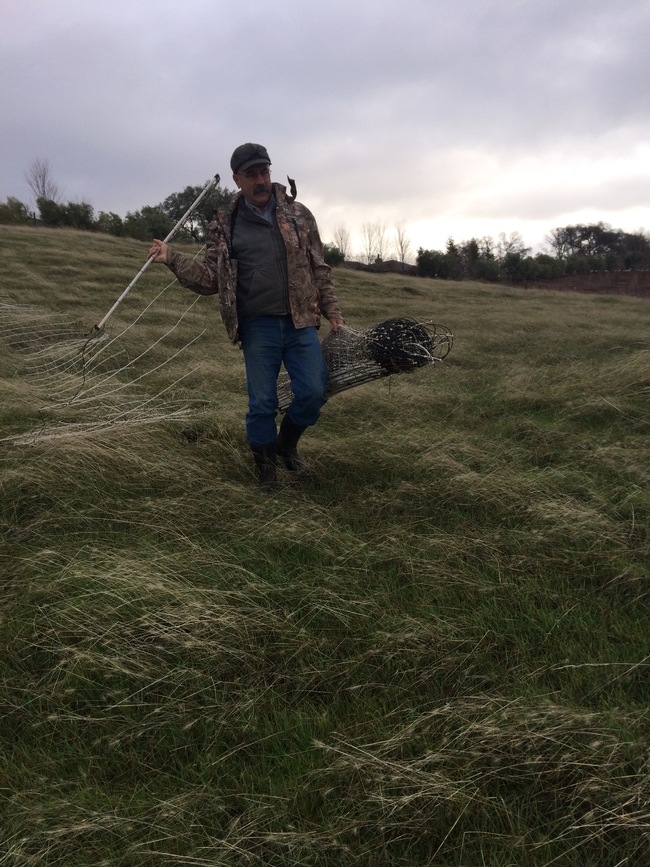
Obviously, these (and other) livestock protection tools have costs associated with them. Ranchers – and small-scale livestock owners – must compare the costs of these tools with the protection benefits. Costs are easy to tally; benefits are more challenging – after all, how can I measure the number of livestock NOT killed by predators. That said, site- and operation-specific combinations of these tools seem to prevent direct losses, and may reduce indirect impacts in some production systems as well (Stone et al. 2017).
In my next post, I'll discuss several more livestock protection tools, including attractant removal, night penning and alarm/scare devices. I hope other producers will share their experiences with livestock protection tools, as well! In the meantime, be sure to check out the Livestock-Predator Information Hub at http://rangelands.ucdavis.edu/predator-hub/.
References
Andelt WF. (2004). Use of livestock guarding dogs for reducing predation on domestic sheep. Wildlife Society Bulletin. 20:55-62.
Breck S. (2004). Minimizing carnivore-livestock conflict: the importance and process of research in the search for coexistence. In N Fascione A Delach ME Smith (Eds.), People and Predators: From Conflict to Coexistence. (13-27). Washington, DC: Island Press.
Gehring T et al. (2010a). Utility of livestock-protection dogs for deterring wildlife from cattle farmers. USDA National Wildlife Research Center – Staff Publications. Paper 1344. (Available at http://digitalcommons.unl.edu/cgi/viewcontent.cgi?article=2342&context=icwdm_usdanwrc).
Matchett MR Breck SW and Callon J. (2013). Efficacy of electronet fencing for excluding coyotes: a case study for enhancing production of black-footed ferrets. USDA National Wildlife Research Center – Staff Publications. Paper 1522.
Ramler J et al. (2014). Crying wolf? A spatial analysis of wolf location and depredations on calf weight. American Journal of Agricultural Economics. 96(3):631-656.
Stone SA et al. (2017). Adaptive use of nonlethal strategies for minimizing wolf-sheep conflict in Idaho. Journal of Mammalogy. 98(1):33-44.
- Author: Dan Macon
As in much of the world, carnivores and grazing livestock in our four-county region (Placer, Nevada, Sutter and Yuba) share the many of the same rangeland habitats. In some cases, land use conversion of rangelands - often to urban or suburban development - concentrates livestock and predators on a shrinking landscape - making conflict inevitable (see Zimmerman et al., 2010).
As many ranchers know, the main predators of sheep, goats and cattle in our region are coyotes, mountain lions, black bears and domestic dogs. In the last several years, gray wolves have come back into northern California. The California Department of Fish and Wildlife (CDFW) recently collared a female member of the newly named "Lassen Pack," apparently in the mountains somewhere west of Susanville. Gray wolves in California are protected under both the state and federal endangered species acts; lethal control of gray wolves is not an option in California. CDFW anticipates that gray wolves will eventually move as far south as I-80 in the Sierra Nevada and Mendocino County in the Coast Range.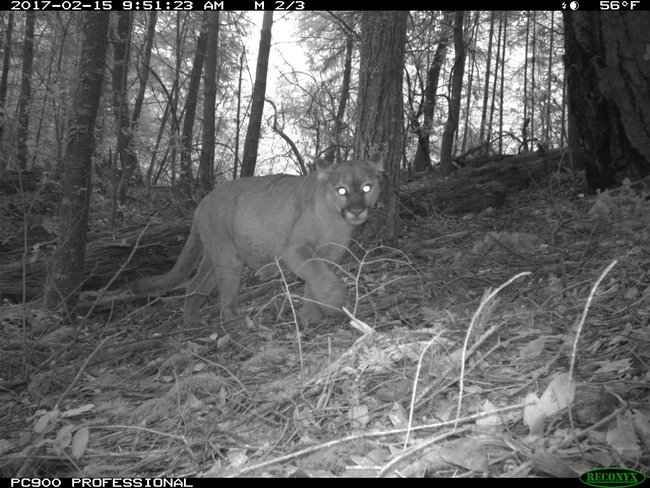
Closer to home, I attended a meeting of the Sutter-Yuba Farm Bureau this week, which featured a discussion about a mountain lion that was collared and recently spotted in the Sutter Buttes (an area in which such sightings are apparently unusual). Ranchers in the Buttes were legitimately concerned about the safety of their livestock. While mountain lions are a specially protected species in California, ranchers can obtain depredation permits if a mountain lion has killed livestock. According to CDFW, if you suspect lion depredation, you should preserve the carcass and scene (by placing a tarp over the carcass, covering tracks with cans or buckets, and minimizing disturbance). Call your nearest CDFW office or local Wildlife Services specialist (or county specialist in Placer County). If a lion kill is confirmed, CDFW will issue a depredation permit. See below for contact information for these agencies.
Livestock protection tools - guardian dogs, electric fencing, increased human presence (to name a few) - can offer site- and operation-specific protection for grazing livestock. Along with a number of campus-based specialists and other farm advisors from through northern California, I have been working on a new publication that will help ranchers (and others) evaluate these tools for their own operations. We hope the publication will be available this fall. We will also be launching a livestock-carnivore information hub on the UC Rangelands website. Stay tuned!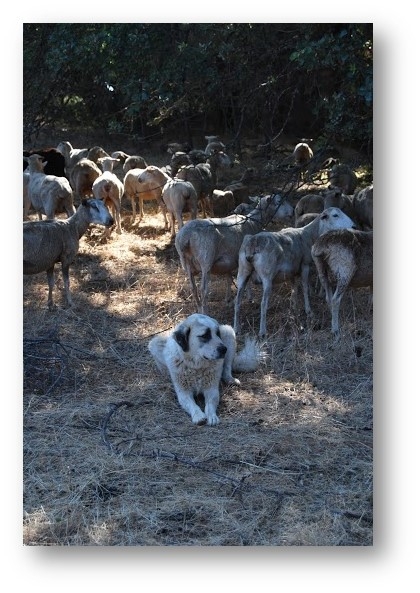
Finally, we have also initiated a long-term survey to evaluate the direct and indirect impacts of predators on rangeland livestock operations. This study, which will continue over the next 10 years, will examine direct impacts (death loss) from predators, as well as potential indirect impacts (reduced conception rates, lower weaning weights, increased labor, the cost of nonlethal tools, etc.). If you are a commercial livestock producer who has at least 5 years of records on your operation and who plans to stay in business for at least 10 more years, please contact me if you're interested in participating in this project. My email is dmacon@ucanr.edu.
In the meantime, I have provided a number of links regarding depredation and carnivore-livestock co-existence, as well as contact information for local agency offices.
- California Department of Fish and Wildlife - Region 2 (which includes Placer, Nevada, Sutter and Yuba Counties)
- USDA Wildlife Services - California - the state office can provide contact information for wildlife specialists in your county.
- Placer County Agriculture Department (Placer County employs its own wildlife specialists, who are available to assist with depredation problems)
- National Wildlife Research Center - the research arm of USDA Wildlife Services. The center is conducting a variety of research projects related to livestock-predator interactions.
- CDFW Gray Wolf Conservation Plan
- CDFW Gray Wolf FAQ Sheet for Ranchers - tools for California livestock producers to discourage wolf presence, guidance for suspected wolf depredation, and wolf legal status.


